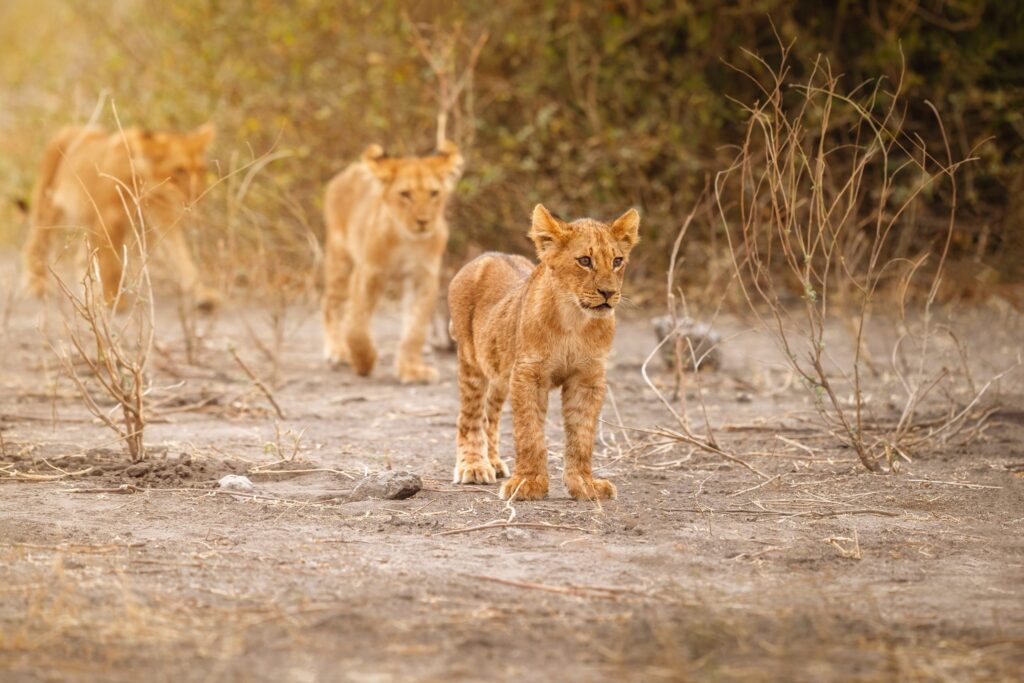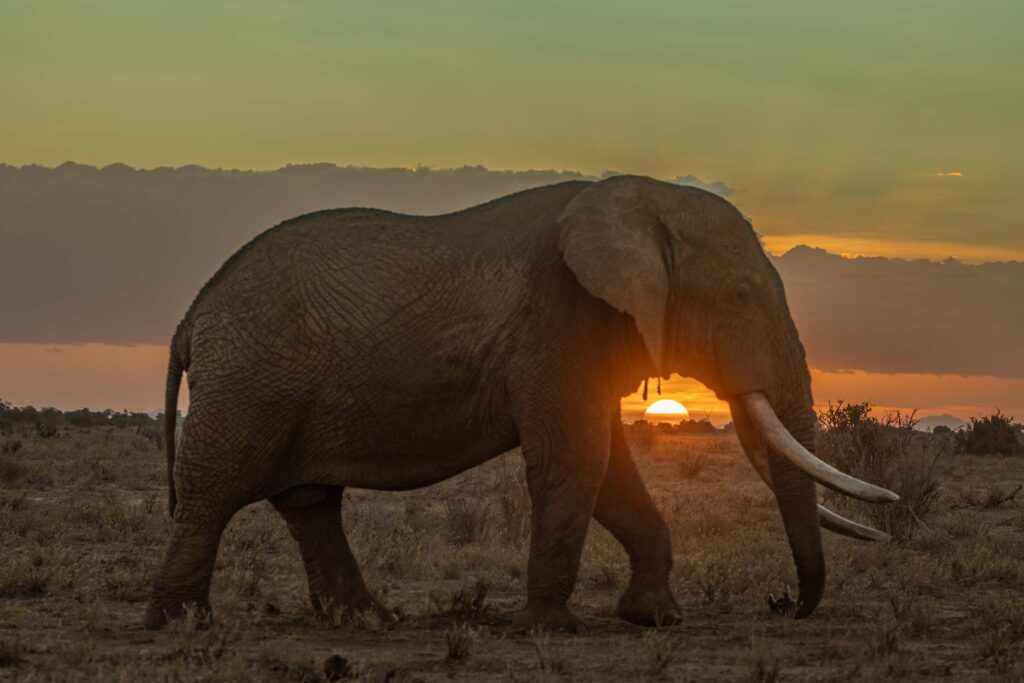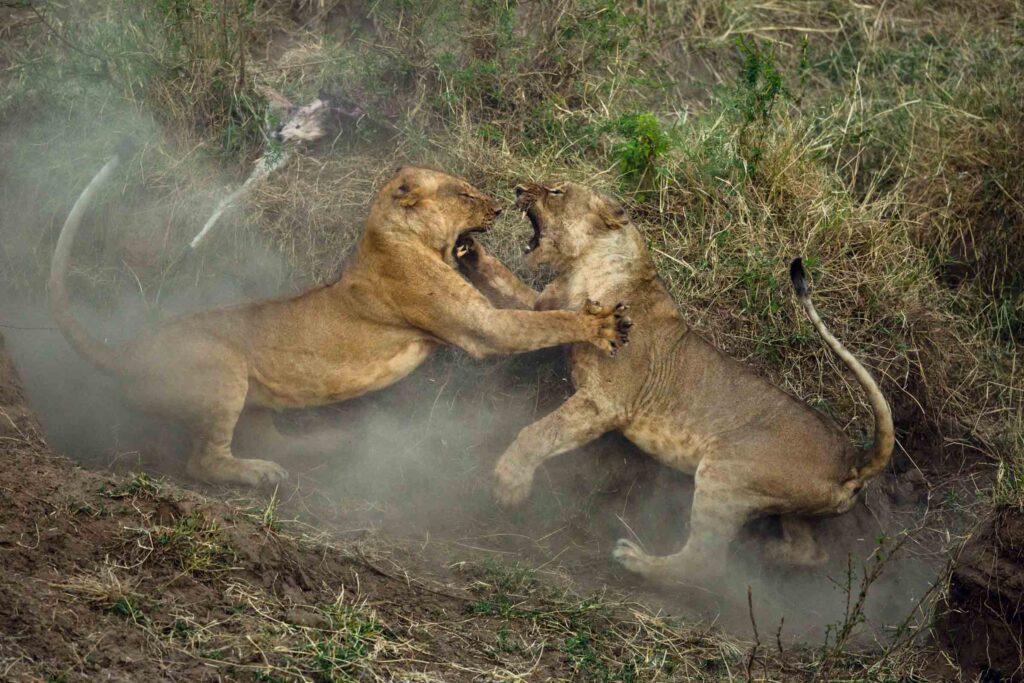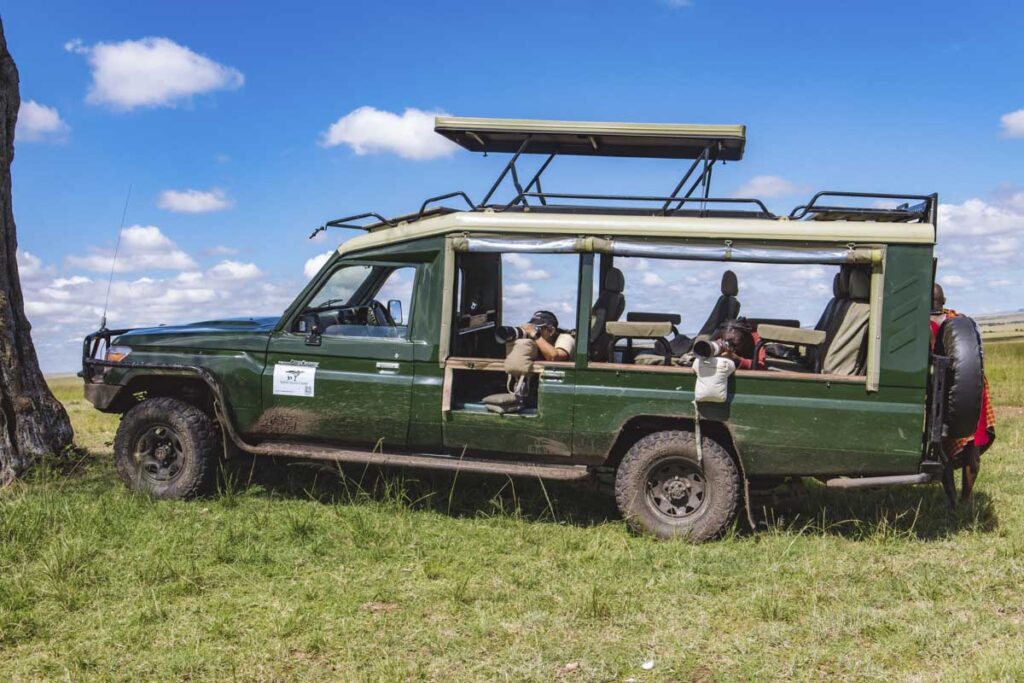If you’re passionate about wildlife photography, a photography safari in Africa offers an unmatched chance to capture nature at its most raw and breathtaking. Unlike a typical safari, a photography safari lets you slow down, chase the perfect light, and frame moments that tell powerful stories. Whether you’re snapping lions at dawn or Maasai beadwork up close, having the right base and strategy makes all the difference.
That’s why I recommend Mara Siligi Camp—a photography-focused camp nestled in the heart of the Masai Mara. Here, you get flexible schedules, stunning views right outside your tent, and expert guidance designed specifically for photographers. In this guide, I’ll walk you through everything you need to plan your dream African photo safari—gear, tips, and must-see moments included.
Ready to take your photography to the wild side? Let’s dive in.
Table of Contents
- Why an African Photo Safari Will Change Your Perspective
- Understanding Photography Safari Africa vs. Regular Safari
- Choosing the Ideal Base: Why Mara Siligi Camp Stands Out
- Best Wildlife & Landscape Shots: What to Look For
- Developing Your Safari Shooting Strategy
- Smart Packing Tips for Photo Safaris
- Final Take: Capture Your African Story
Why an African Photo Safari Will Change Your Perspective
A photography safari in Africa isn’t just a vacation—it’s a creative calling, a chance to slow down and see the world in a more intentional way. In just a few moments behind the lens, I’ve:
- Witnessed a lioness curl protectively around her cubs at sunrise
- Said hello to soaring vultures silhouetted against the first golden rays of dawn
- Heard the distant, spine-tingling roar of a leopard camouflaged in golden grass
Unlike regular wildlife tours, an African photo safari invites you to look beyond the obvious—to frame stillness, motion, light, and raw emotion in every shot. Whether you’re aiming for National Geographic-worthy images or simply capturing memories on your smartphone, you’ll find moments that stir your soul.
And the best part? You don’t need to be a pro. Camps like Mara Siligi Camp in the Masai Mara provide an ideal base with flexible schedules, experienced guides, and access to rich landscapes teeming with wildlife. If you’ve ever dreamed of capturing a cheetah mid-sprint or elephants against a burnt-orange sky, your photography safari Africa adventure starts here.

Understanding Photography Safari Africa vs. Regular Safari
You might wonder, what makes a photography safari in Africa different from your typical wildlife tour? The difference lies in the rhythm and focus:
- Time-shifted Drives — Instead of rushing from spot to spot, you chase the best natural light. Early mornings and late afternoons become your prime shooting windows, perfect for capturing stunning golden-hour wildlife portraits.
- Strategic Positioning — On a photography safari, guides are experts not just in tracking animals but in finding the perfect angles. They’ll park vehicles carefully to avoid shadows, glare, or crowded views, ensuring your shots come out sharp and dramatic.
- Patience Over Pace — Here, it’s not about quantity but quality. You wait patiently for the magical moments: a lioness’s yawn, a herd’s slow river crossing, or a cheetah’s final sprint. Every click counts.
- Quiet Zones — Some eco-conscious camps like Mara Siligi Camp prioritize preserving the natural ambiance by limiting drone use and minimizing engine noise. This means a more serene environment where you and the wildlife can truly connect.
In short, a photography safari Africa isn’t just about seeing animals — it’s about living the experience through your lens, creating images that tell a story far beyond the surface.

Choosing the Ideal Base: Why Mara Siligi Camp Stands Out
When you’re on a photography safari Africa, your base camp isn’t just a place to rest—it’s your creative hub. Mara Siligi Camp shines as the perfect launchpad for photographers who want comfort and prime photographic opportunities.
Here’s why Mara Siligi Camp should be your go-to choice:
- Visual Access Every Morning — Imagine waking up to wildlife trails right outside your tent. There’s no frantic dash to catch animals at dawn because the Mara’s iconic creatures often pass just steps away from your doorstep. This proximity lets you capture intimate moments in soft morning light.
- Flexible Meal Breaks — No fixed schedules here. You decide when to eat and when to shoot. This flexibility means you never miss that sudden movement or rare interaction while others are tied to strict mealtimes.
- Solar Charging Stations — Keeping your gear powered is critical on any African photo safari. Mara Siligi Camp provides solar-powered charging spots so your cameras, drones, and phones stay ready for unexpected wildlife action.
- Cultural Storytelling Opportunities — Beyond wildlife, the camp offers authentic interactions like beadwork workshops and visits to local Maasai communities. These moments provide excellent chances for compelling portrait photography, adding rich human stories to your portfolio.
- Dedicated Photography Support — Expert guides at Mara Siligi Camp aren’t just trackers—they understand photography. They’ll help spot elusive animals and position vehicles for the best lighting and angles, making your safari productive and enjoyable.
If you want your Masai Mara accommodation to be a true partner in your photography journey, Mara Siligi Camp ticks all the boxes.

Best Wildlife & Landscape Shots: What to Look For
On your photography safari Africa, capturing the perfect shot is all about knowing what to look for—and when. Here are the key moments and scenes you’ll want to keep your camera trained on:
- Portrait Moments
Get up close with the Mara’s majestic residents. Think of a lion’s intense gaze bathed in dawn’s golden light, the intricate details of elephant tusks catching the sun, or the delicate flutter of a giraffe’s long eyelashes. These intimate close-ups tell stories beyond the wild. - The Big Action
Brace yourself for nature’s blockbuster scenes—the epic wildebeest herds crossing the Mara River during the Great Migration, heart-pounding predator chases racing across the plains, or clouds of dust rising as animals stampede. These shots bring the raw energy of the wild to your portfolio. - Scenic Frames
Africa’s landscapes are as dramatic as its wildlife. Look for the classic silhouettes of acacia trees against fiery sunsets, early morning mist drifting over vast plains, and sweeping valley views that showcase the Mara’s vastness and beauty. - Cultural Layers
Don’t forget the human element—photograph Maasai elders’ weathered faces rich with stories, close-up shots of colorful beadwork created by local artisans, or shadowy silhouettes of bush campers around evening fires. These moments add depth and meaning to your photographic journey.
With your camera ready and your eye open, every moment in the Masai Mara transforms into a compelling story waiting to be captured.

Developing Your Safari Shooting Strategy
To make the most of your photography safari Africa, having a smart shooting strategy is key. Here’s how I plan my days—and how you can too:
- Golden Hours First
Early mornings and late afternoons offer the softest, most dramatic light—perfect for capturing lions lounging in golden rays or elephants silhouetted against a fiery sunset. These times bring out rich colors and deep shadows that add drama and depth to your photos. - Midday for Intimate Shots
When the sun is high and harsh, it’s ideal to shift focus. Use this time for close-up portraits of wildlife, detailed shots of textured tree bark, or expansive landscapes with clear blue skies. The consistent light lets you capture crisp, detailed images without extreme shadows. - Lens Choice Based on Distance
Pack lenses that fit your targets. I rely on a long telephoto lens—400mm or more—to safely photograph distant lions, elephants, or leopards without disturbing them. For camp life, cultural shots, or landscapes, a versatile zoom lens like a 24–70mm works wonders. - Vehicle as Hide
Your safari vehicle is more than transport—it’s your mobile blind. Shooting through open windows or roof hatches lets you get close to wildlife without scaring them off. Always keep your lens ready, and position yourself to minimize reflections or obstructions. - Practice Reflexes
Wildlife is unpredictable, so burst mode is your best friend. Anticipate sudden movements—a cheetah sprinting or a bird taking flight—and use rapid-fire shooting to capture those perfect split-second moments.
By following these tips, your African photo safari becomes a well-orchestrated dance with nature’s rhythms—resulting in photos that tell powerful stories.

Smart Packing Tips for Photo Safaris
Packing right can make or break your photography safari Africa. Here’s what I never leave behind to keep my creative flow smooth:
- Camera Gear
Bring your long telephoto lens for wildlife close-ups, extra memory cards to never miss a shot, and a sturdy tripod or beanbag for stable framing. - Tool Kit
Keep a blower bulb, lens cloths, and microfiber towels handy to quickly clean your gear from dust or rain. - Tech Kit
Solar chargers or portable battery banks ensure you never run out of power, especially in remote camps like Mara Siligi Camp. Don’t forget your UK-style plug adapter if you’re coming from abroad - Essentials
Dress in neutral-colored layers that blend with the environment, pack a wide-brimmed hat, insect repellent, and any personal medication you need. - Journal & Binoculars
Use a notebook to plan shots or jot down wildlife behavior, and binoculars to spot subjects before your camera does.
Final Take: Capture Your African Story
A photography safari Africa is more than taking pictures—it’s capturing life’s raw beauty, culture, and wild energy in every frame. With a solid shooting strategy and a thoughtful base like Mara Siligi Camp, you don’t just take photos—you tell stories that last a lifetime.
Ready to bring your vision to life? Share your travel dates and gear list with me—I’m here to help craft your perfect African photo safari adventure.



